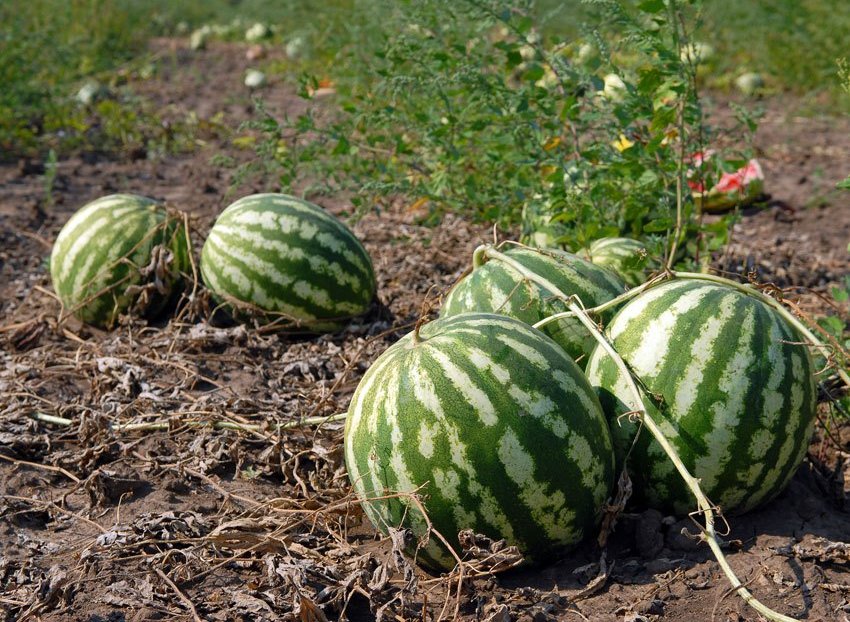Watermelon topped the list of agricultural exports from Iran during the first six months of the current fiscal year (March 21-Sept. 22) both in terms of weight and value, as 731,910 tons worth $161.35 million were shipped to destinations abroad during the period.
Exports in the last Iranian year (March 2021-22) stood at 902,102 tons worth $208.58 million, registering a 28% and 33% rise in weight and value respectively. Forty-three countries were the destination of these exports.
"Our main export destination was Iraq with around 465,000 tons of purchases worth over $95 million, followed by the UAE with 233,000 tons worth $53 million, Oman with 39,000 tons worth $17.4 million, Russia with 28,000 tons worth $14 million, Turkey with 55,000 tons worth $11 million, Afghanistan with 32,000 tons worth $6.4 million and Qatar with 30,000 tons worth $6 million," Rouhollah Latifi, former spokesperson of the Islamic Republic of Iran Customs Administration, was quoted as saying by ISNA.
Other customers of Iranian watermelon, he added, were Armenia, Austria, Bulgaria, Switzerland, Germany, Denmark, the UK, Italy, Sweden and Serbia.
Agricultural experts have frequently warned against the export of watermelon, a water-intensive crop, amid the acute shortage of water in Iran.
Expressing his disapproval regarding the high volume of Iran's watermelon exports, Reza Nourani, the head of National Agricultural Products Association of Iran, says cultivating each kilogram of watermelon requires around 286 tons of water.
"The fact that the main agricultural crops imported into Iran is wheat, which needs much less water to grow, and that the main exported agricultural product is one requiring such a high volume of water is testament to the extent of mismanagement," he was quoted as saying by the news portal of Tehran Chamber of Commerce, Industries, Mines and Agriculture.
Iran Chamber of Commerce, Industries, Mines and Agriculture has warned agricultural officials of an imminent drought that would cripple the country's agricultural activities and hamper economic growth in this sector in the current Iranian year (March 2021-22).
The ICCIMA report says precipitation levels have fallen drastically.
The Majlis Research Center has released a list of Iranian provinces in a critical state of water shortage: Isfahan, Hormozgan, Sistan-Baluchestan, Ardabil, Fars, Markazi and Khorasan Razavi.
"Drought has inflicted 670 trillion rials [$2 billion] in losses on Iran's agriculture sector since the beginning of the current crop year," Mohammad Mousavi, director general of the Agriculture Ministry's Crisis Management Department, said in June 2021.
Masoud Khansari, president of Tehran Chamber of Commerce, Industry, Mines and Agriculture, says Iran is likely to lose 70% of its agricultural lands in future.
"Experts have sounded the alarm about this grave danger, but so far little attention has been paid to this challenge," he wrote for the Persian economic daily Donya-e-Eqtesad.
"The Food and Agriculture Organization of the United Nations issued in its latest report a stark warning of multiple, looming food crises, driven by conflict, climate shocks, fallout from the Covid-19 pandemic and massive public debt burdens - exacerbated by the ripple effects of the war in Ukraine, which has pushed food and fuel prices to accelerate in many nations across the globe.”
FAO also warned about the shortage of water resources in Iran, saying Iranian farmers use two to three times the global average of water used to cultivate corn, rice and wheat per hectare. Experts recommend the government to employ 10-year water austerity measures rather than adopting a political stance to resolve this issue.


